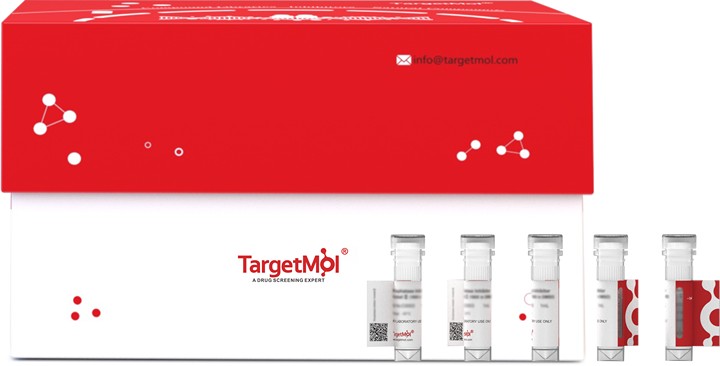购物车
- 全部删除
 您的购物车当前为空
您的购物车当前为空

STC1 Protein, Human, Recombinant (hFc) is expressed in HEK293 Cells. The accession number is P52823-1.

| 规格 | 价格 | 库存 | 数量 |
|---|---|---|---|
| 100 μg | ¥ 4,460 | 期货 |
| 生物活性 | Activity testing is in progress. It is theoretically active, but we cannot guarantee it. If you require protein activity, we recommend choosing the eukaryotic expression version first. |
| 产品描述 | STC1 Protein, Human, Recombinant (hFc) is expressed in HEK293 Cells. The accession number is P52823-1. |
| 种属 | Human |
| 表达系统 | HEK293 Cells |
| 标签 | C-hFc |
| 蛋白编号 | P52823-1 |
| 别名 | STC |
| 蛋白构建 | A DNA sequence encoding the Human STC1 (NP_003146.1) (Met1-Ala247) was expressed with the Fc region of human IgG1 at the C-terminus. |
| 蛋白纯度 | ≥ 95% as determined by SDS-PAGE. ≥ 95% as determined by SEC-HPLC. |
| 分子量 | 52.64 kDa (predicted); 61.9 kDa and 37.5 kDa (reducing contition) |
| 内毒素 | < 1.0 EU per μg protein as determined by the LAL method. |
| 缓冲液 | Lyophilized from sterile PBS, pH 7.4. Please contact us for any concerns or special requirements. Normally 5 % - 8 % trehalose, mannitol and 0.01% Tween 80 are added as protectants before lyophilization. Please refer to the specific buffer information in the hardcopy of datasheet or the lot-specific COA. |
| 复溶方法 | Please refer to the lot-specific COA. |
| 存储 | It is recommended to store recombinant proteins at -20°C to -80°C for future use. Lyophilized powders can be stably stored for over 12 months, while liquid products can be stored for 6-12 months at -80°C. For reconstituted protein solutions, the solution can be stored at -20°C to -80°C for at least 3 months. Please avoid multiple freeze-thaw cycles and store products in aliquots. |
| 运输方式 | In general, Lyophilized powders are shipping with blue ice. |
| 研究背景 | Stanniocalcin-1 (STC1) is a paracrine factor associated with inflammation and carcinogenesis. STC1 is a secreted glycoprotein hormone and involved in various types of human malignancies. Stanniocalcin-1 (STC1), which has myriad functions, including the maintenance of calcium homeostasis, the promotion of early wound healing, uncoupling respiration (aerobic glycolysis), reepithelialization in damaged tissues, the inhibition of vascular leakage, and the regulation of macrophage functions to keep epithelial and endothelial homeostasis, which may adequately cover the myriad therapeutic targets of IPF. STC1 signals through inhibitory G-protein modulates CGRP receptor spatial localization during osteoblastogenesis and may function as a regulatory factor interacting with calcitonin peptide members during bone formation. |